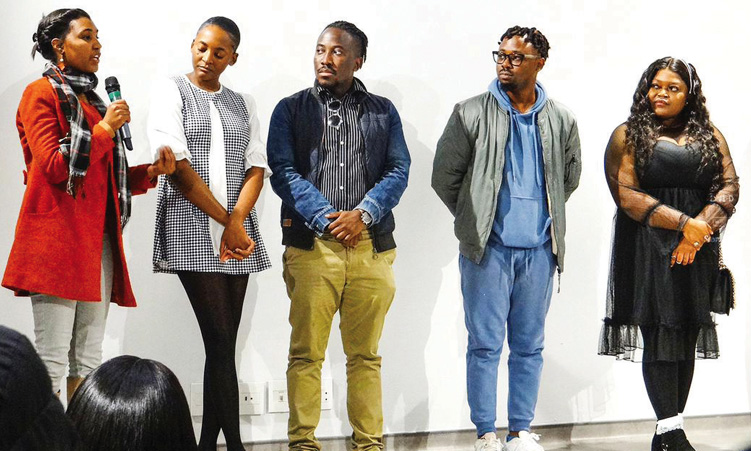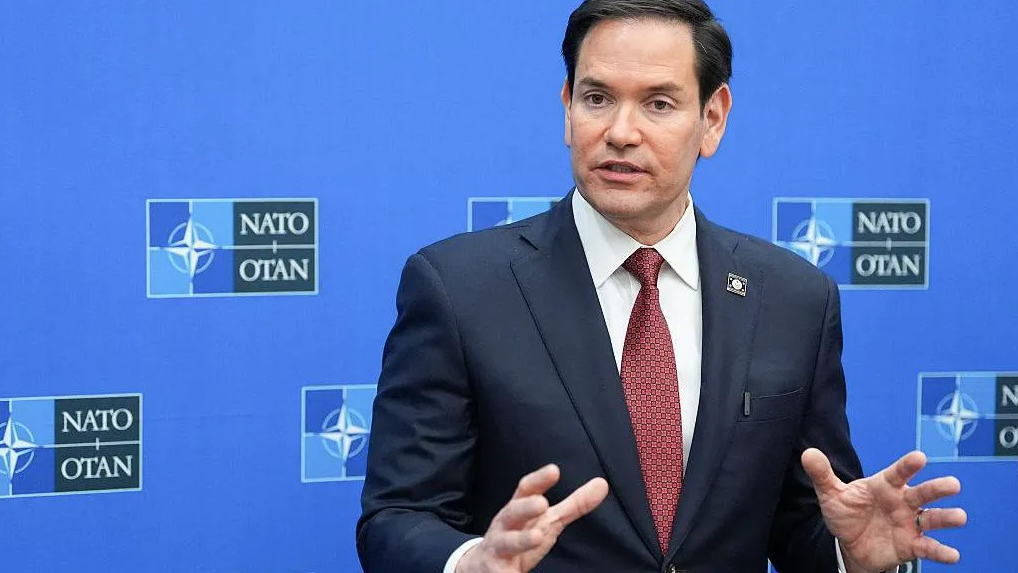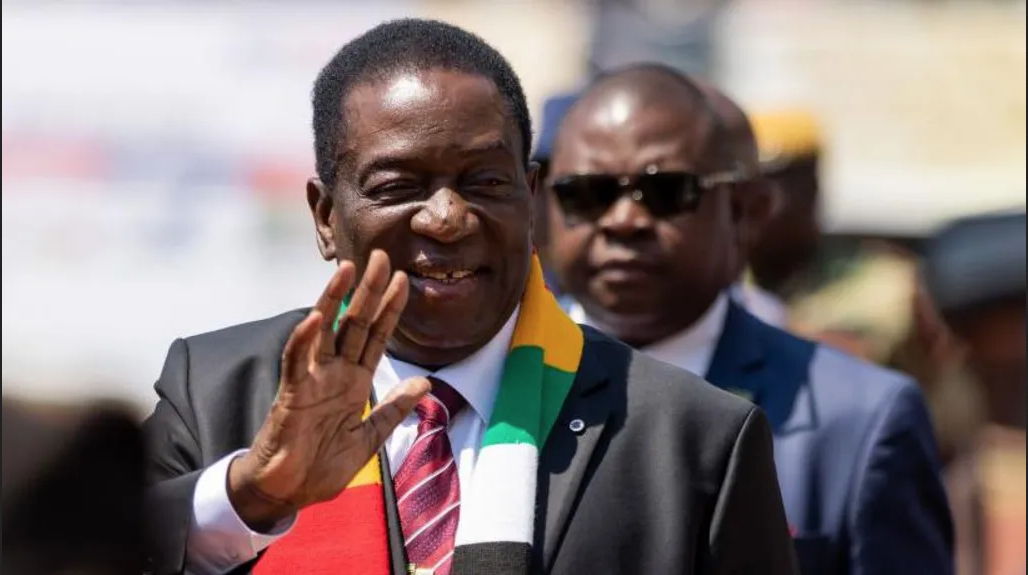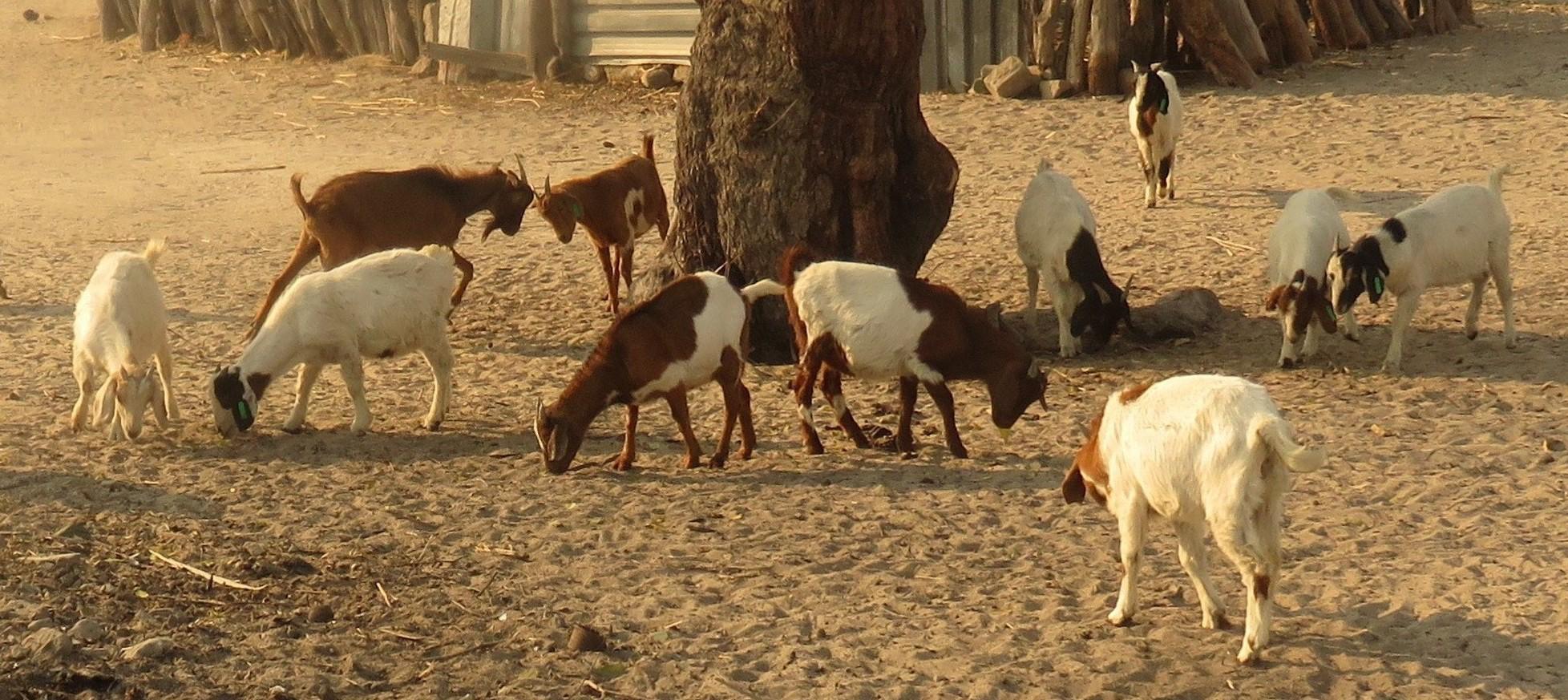If there’s a people living along the banks of a river or beside the shore of the sea, there is a story about what dwells in the water.
In ‘Momeya’ (2023), a short film written and directed by Ndakalako Shilongo, the cross-cultural myths of aquatic deities, peoples and legends come to life at the edge of an ancient river.
Amid its murky depths, earthbound men have attacked a water people and a vengeful water goddess washes ashore.
Presented to an enraptured crowd at the Goethe-Institut of Namibia’s Cinemaverse recently, the non-dialogue film stars Ebba Shambwila, Ute-Yan Smith and Bret Kamwi as the fiery water goddess, a young girl named Letu and as the girl’s budding love interest, respectively.
At the river, Letu hesitates to gather water before her companion assists her.
The injured water goddess watches, and when Letu returns alone on another day, the young girl’s life is forever changed.
The audience praised the cinematography, director of photography Thabiso Dube’s agile, moving camera, a young watcher suggests queer undertones and everyone is struck by the story’s deep familiarity.
Born in the tales that Shilongo would hear, the writer and director hoped ‘Momeya’ would be a point of cross-cultural meeting.
“When ‘Momeya’ came to me I heard it in Oshiwambo, but I was very intentional with taking away dialogue,” Shilongo says.
“I wanted everyone who watches ‘Momeya’ to hear it in their own vernacular.”
While ‘Momeya’ is strikingly shot and certainly transportive, making the short was no easy feat, and the resulting film is testimony to the dedication of its cast and crew.
“The location was 50kms outside Windhoek. It’s about 30km of gravel and nobody wanted to take us there,” says Dube.
“I think the story of how we actually put this film together could become a film in itself – how a lot of film-makers in Namibia are struggling to put their productions together.”
‘Momeya’ was shot over three and a half days in 2022 and in 2023.
“We ran out of money,” says Shilongo of the extended time between filming and release.
The challenge of funding is evident. While ‘Momeya’ does impress in its costuming, acting and relatable narrative, there is a sense that this could have been a deeper, multi-location and more immersive story.
‘Momeya’ entices. Not only for its subject matter, but as a dive into the genre of fantasy, which still lacks exploration and experimentation in the Namibian cinema scene.
‘Momeya’s’ experimentation is most remarkable in the choice to be without dialogue, which heightens the expectation of its actors who were tasked to convey story and emotion through physicality and expression.
In this, Shambwila, Smith and Kamwi were prepared diligently.
“As an actor, it’s important for me to understand the story and communicate with the writer and director to understand what drives my character,” Shambwila says.
“Our characters, they’re water goddesses, they have this animalistic instinct. So I had to take into consideration how an animal acts when happy, when feeling safe, when angry,” Shambwila says.
A little underwritten but stylish, womanist and bewitching, Shilongo’s ‘Momeya’ is an auspicious, cross-cultural, folkloric fantasy that earns its applause.
– martha@namibian.com.na; Martha Mukaiwa on Twitter and Instagram; marthamukaiwa.com
Stay informed with The Namibian – your source for credible journalism. Get in-depth reporting and opinions for
only N$85 a month. Invest in journalism, invest in democracy –
Subscribe Now!










